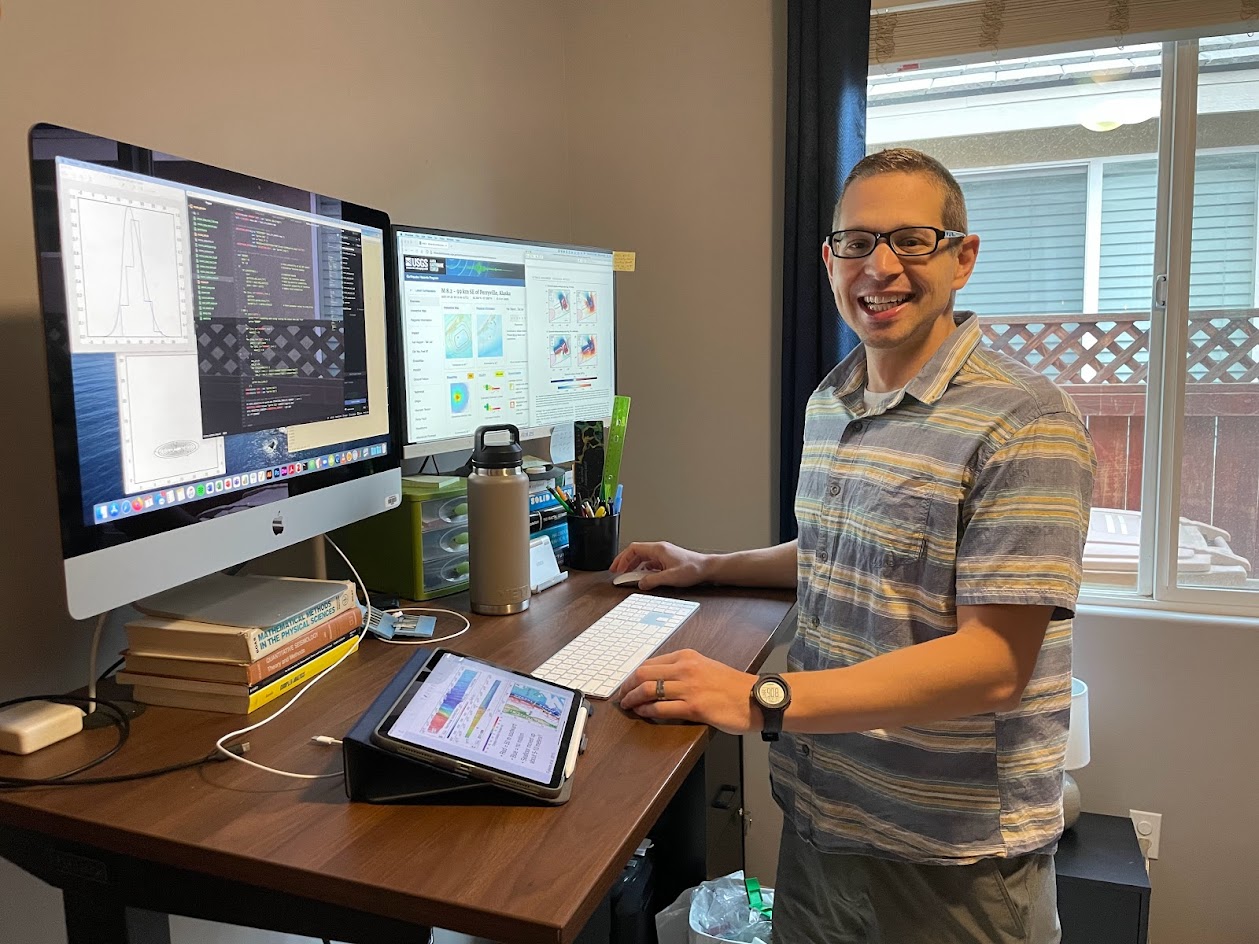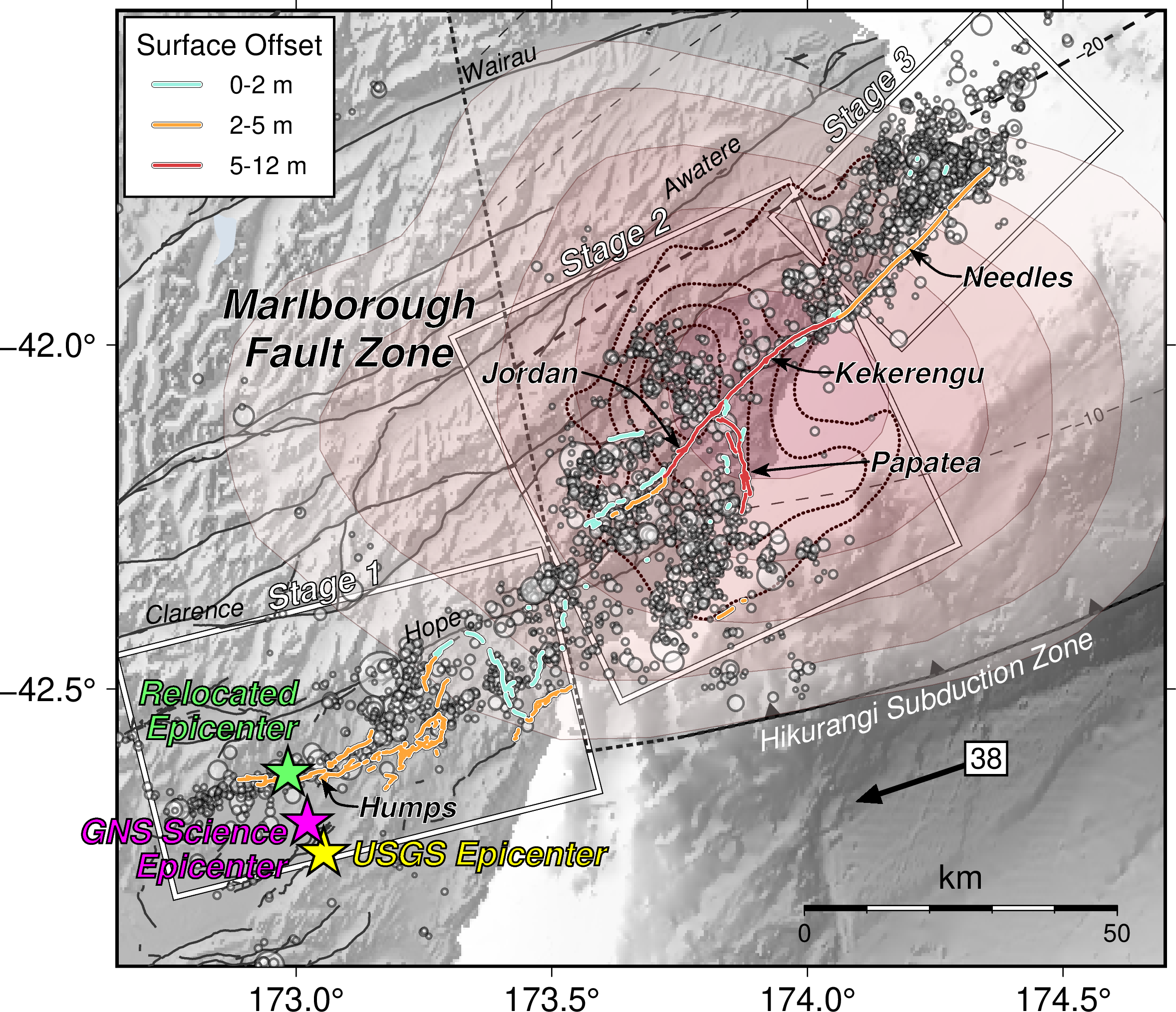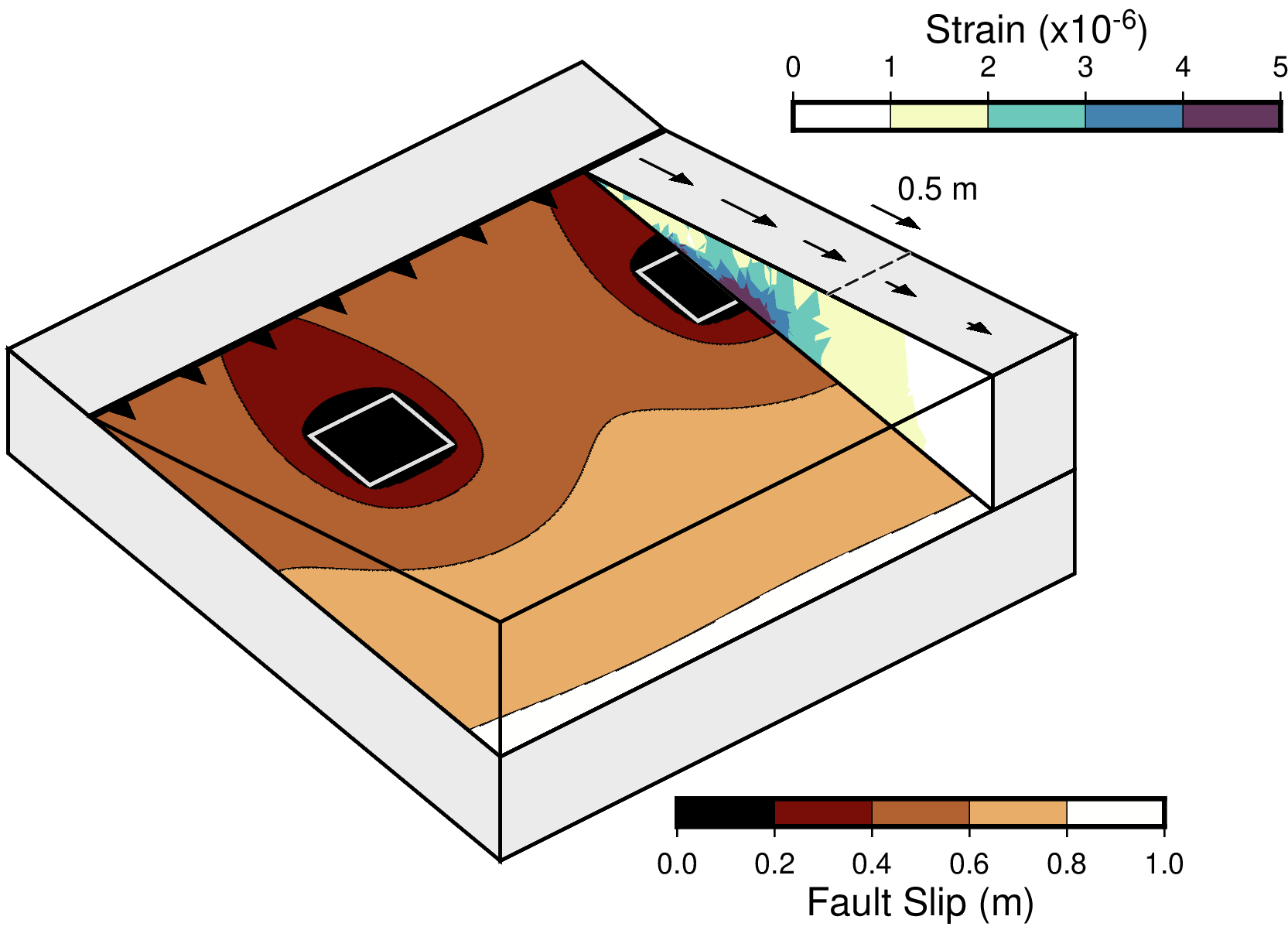
Welcome
Hello visitor! I am an Associate Professor in the Department of Geological Sciences at California State University, Bakersfield. I got my Ph.D. in 2017 from Penn State, then I did my postdoc at Utrecht University before coming to Bakersfield in Fall 2020.
Very broadly, I am interested in lithospheric deformation processes (basically, how the upper ~100 km of the Earth bends, breaks, and flows), and particularly how this deformation relates to earthquake cycles and seismic hazards.
If you are interested in these topics, I am looking for motivated master's and undergraduate students to work on research projects with me! Email me at mherman2 (at) csub (dot) edu for more information!

